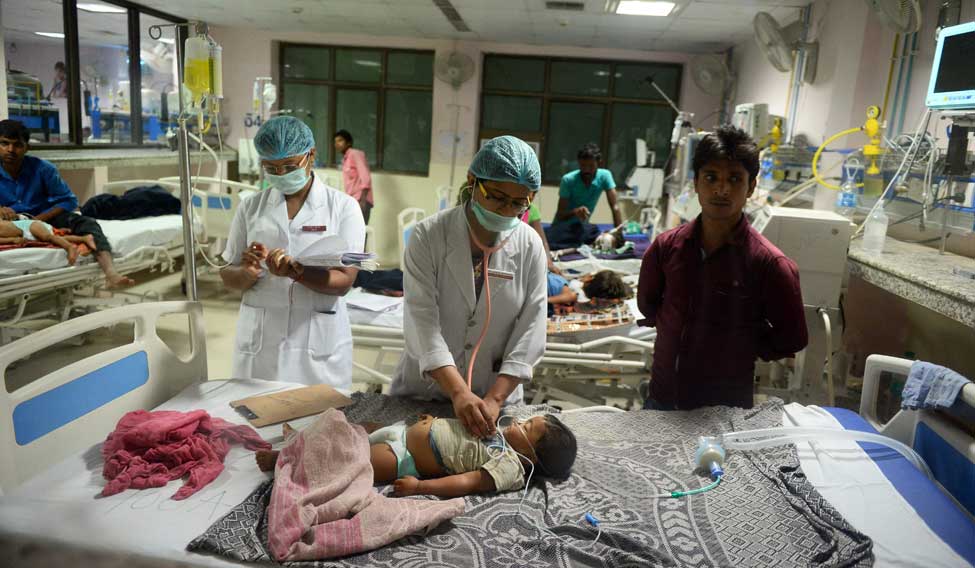The Centre's much-publicised Beti Bachao Beti Padhao campaign, it seems, has not changed much on the ground. According to the NITI Aayog's Health Index, sex ratio at birth dropped by 10 or more points for nine out of 21 states.
Data for sex ratio at birth was taken from the Centre's annual Sample Registration Survey and included 21 states. States that registered a steep drop include Chhattisgarh, Karnataka, Himachal Pradesh, Assam, Maharashtra, Rajasthan, Gujarat, Uttarakhand and Haryana.
Among these, the maximum drop in the sex ratio at birth was found to be in Gujarat – from 907 girls per 1,000 boys in (2012-14), to 854 girls per 1,000 points in (2013-15). According to the Index, 17 out of 21 states in the country have performed poorly – the sex ratio at birth is less than 950 females per 1,000 boys. In most states, the sex ratio at birth declined, except for Bihar, Punjab and Uttar Pradesh, where improvements were noted, and Jammu and Kashmir, where it stagnated.
The Health Index, a weighted composite index, was launched today at the NITI Aayog, and evaluate states based on their health outcomes, governance and information and key inputs and processes. Among larger states – large and small states are compared separately – Kerala, Punjab and Tamil Nadu topped in terms of overall performance.
The three states of Jharkhand, Jammu and Kashmir, and Uttar Pradesh topped in terms of annual incremental performance. This means that they showed the maximum gains in improvement of health indicators such as neonatal mortality, under-five mortality, full immunization coverage and institutional deliveries.
Among the smaller states, Mizoram ranked first, followed by Manipur, on overall performance.
The Health Index has been developed by NITI Aayog, with technical assistance from the World Bank, and in consultation with the Union health ministry. The rankings would be used to link states' allocations under the National Health Mission, said Preeti Sudan, secretary, ministry of health and family welfare. The ministry is planning to raise incentives for states that perform better on the index, she added.
Amitabh Kant, CEO, NITI Aayog said that these rankings would serve as a tool to leverage "co-operative" and "competitive federalism", and spur the states and union territories into ensuring better health outcomes.





